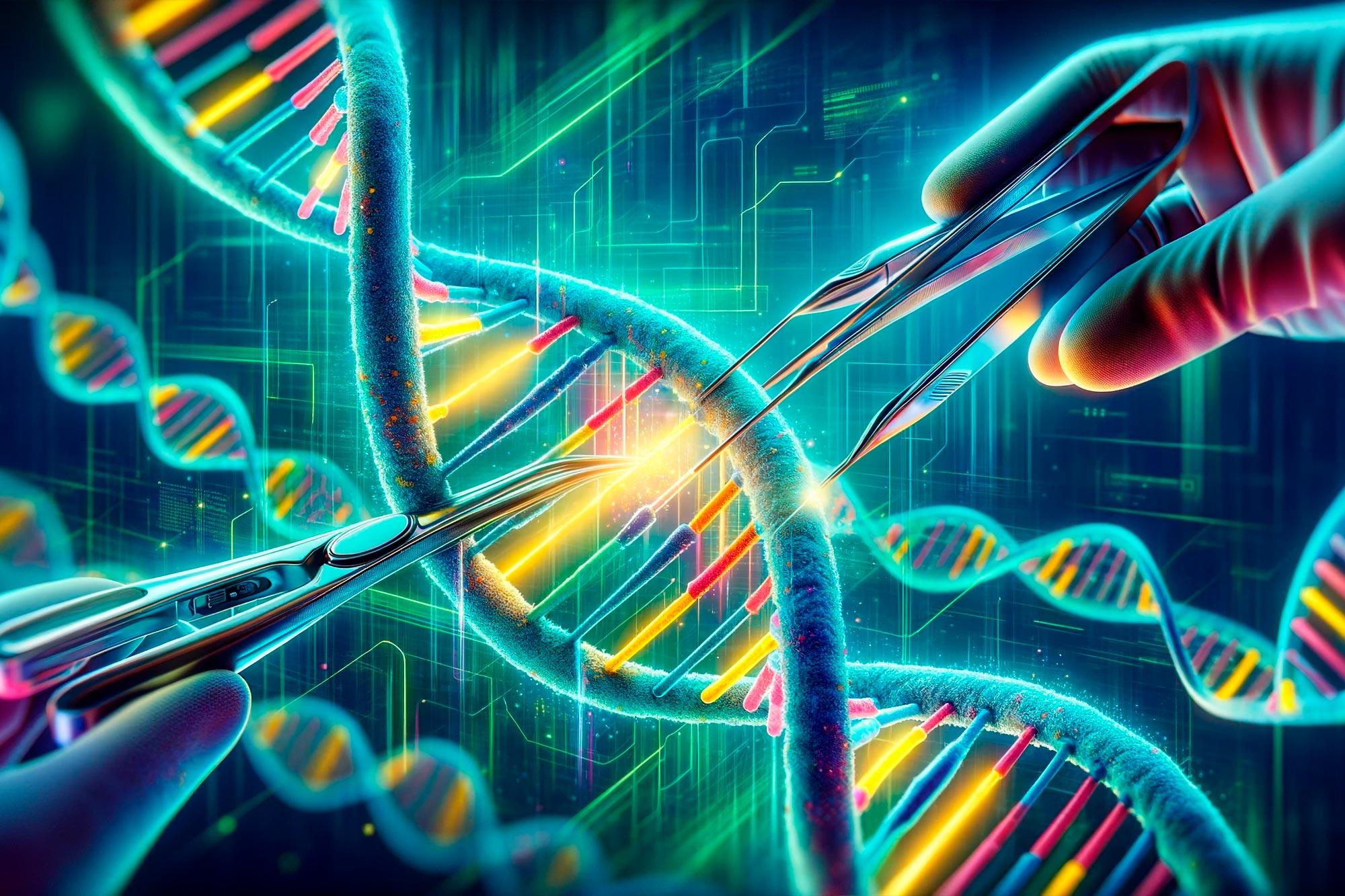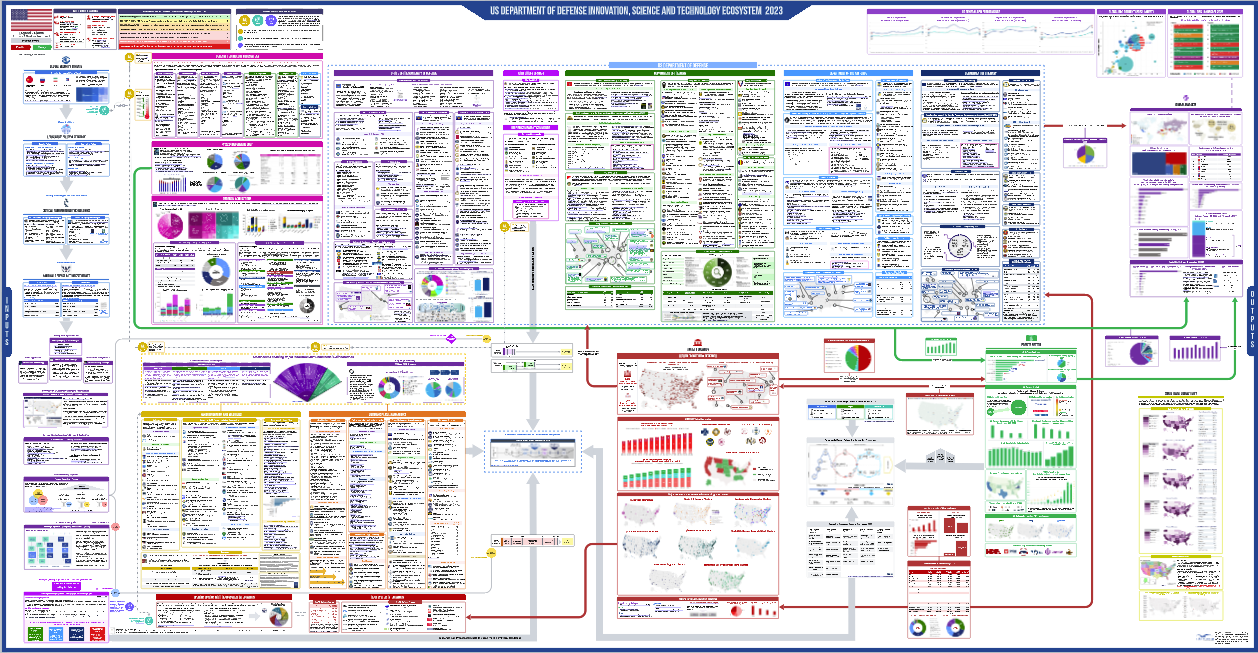Gene editing is revolutionizing the field of medicine, creating a world where genetic diseases can be corrected at their source. Technologies like CRISPR technology have laid the groundwork for remarkable advancements, and now, innovative methods such as base editing and prime editing are taking center stage. These tools offer unparalleled precision, allowing scientists to modify DNA strands almost like editing a text document. The potential for gene therapy to eliminate genetic disorders is now more tangible than ever, as researchers work tirelessly to develop effective treatments. As we explore the implications and applications of gene editing, the promise of a healthier future beckons.
The field of genetic modification encompasses various techniques aimed at altering DNA sequences within organisms, presenting exciting possibilities for healthcare. By applying novel methodologies such as base and prime editing, scientists can pursue effective remedies for previously untreatable genetic conditions. This innovative approach to gene therapy utilizes advanced methods to tackle mutations at their core, responding to the urgent need for solutions to genetic maladies. With ongoing research, the potential to enhance human health through environmental and inherited disease management has never been more promising. The dialogue surrounding these cutting-edge techniques and their ethical implications continues to unfold as we witness the evolution of genetic science.
The Evolution of Gene Editing Technologies
Gene editing technologies have come a long way since the inception of CRISPR-Cas9, which revolutionized the way scientists approached genetic alterations. Early methods focused on cutting DNA to disrupt or delete genes, similar to using scissors to remove sections of a text. However, the limitations of this cutting approach became apparent, especially when addressing genetic diseases caused by subtle mutations. This realization paved the way for the development of more precise editing technologies such as base editing and prime editing, which aim to correct specific genetic mutations without disrupting the surrounding genetic landscape.
Base editing, developed by David Liu and his team, specifically targets the four nucleotide bases of DNA—adenine (A), cytosine (C), guanine (G), and thymine (T)—allowing for targeted replacements of one base with another. This remarkable precision greatly enhances the ability to correct mutations that lead to genetic diseases, showcasing the evolution of gene editing from simple cuts to detailed repairs. Meanwhile, prime editing further refines this approach by functioning like a word processor, enabling scientists to replace faulty DNA sequences with correct ones without cutting the double helix itself, thus minimizing unintended errors.
Base Editing: A Breakthrough in Treating Genetic Disorders
Base editing represents a significant breakthrough in the treatment of genetic disorders, with real-life implications illustrated by cases like Alyssa Tapley, who benefited from this innovative therapy. Unlike traditional gene editing that often required a lengthy recovery process and significant risks due to unintended mutations, base editing allows for safer and more efficient edits. By directly changing the nucleotide sequences associated with various genetic diseases, it offers hope to those suffering from conditions once deemed untreatable.
Moreover, base editing targets some of the most common mutations associated with genetic disorders, making it a vital tool in the fight against diseases such as sickle cell anemia and certain types of leukemia. As the technology continues to advance, its integration into clinical practice signifies a shift towards a future where genetic diseases can be corrected at the molecular level, fostering a new era of personalized medicine. This also emphasizes the importance of continuous research and funding to support further innovations in gene therapy.
CRISPR Technology and Its Transformative Impact
CRISPR technology has dramatically transformed genetic engineering, setting the stage for advanced therapies that can address complex genetic diseases. Originally discovered as a bacterial defense mechanism against viruses, scientists recognized its potential for gene editing, leading to its adaptation in medical research. The ease and flexibility of CRISPR-Cas9 granted researchers the unprecedented ability to modify genes quickly, which opened new avenues for tackling diseases previously thought incurable.
Despite its revolutionary capabilities, the CRISPR approach still faced limitations, primarily in its application for precise gene corrections. Consequently, researchers like David Liu sought to enhance the technology through developments such as base editing and prime editing, which provide detailed modifications that CRISPR could not achieve alone. This ongoing evolution highlights the necessity of advancing gene editing technologies to ensure safe and effective treatments, reflecting the importance of foundational studies in unlocking the full potential of CRISPR technology in medicine.
Prime Editing as the Next Frontier in Gene Editing
Prime editing heralds a new frontier in gene editing, offering solutions for genetic disorders that require more than just single nucleotide changes. Unlike base editing, which is limited to substitutions within the existing DNA sequence, prime editing can also incorporate deletions or insertions of genetic information, making it versatile for correcting a wider array of mutations that lead to diseases. This advancement represents a significant leap towards realizing the dream of permanent cures for genetic conditions that include various forms of muscular dystrophy and more.
Prime editing operates with high precision and reduces the risks associated with traditional gene editing techniques, minimizing off-target effects that can complicate treatment outcomes. As clinical trials begin to adopt prime editing methodologies, researchers and patients alike remain hopeful about its potential to offer effective domestic treatments. By refining the tools available for gene therapy, science is aligning closer to a future where genetic diseases may not just be managed but entirely corrected.
The Promise of Gene Therapy in Modern Medicine
Gene therapy is revolutionizing modern medicine by providing innovative approaches to treat genetic diseases at their source. By directly targeting the underlying genetic defects, therapies like base and prime editing aim to offer lasting solutions rather than temporary fixes. With advancements in gene editing technologies, the potential for corrective treatments has drastically increased, ushering in an era where patients with previously untreatable conditions can aspire to treatments that may significantly improve their outcomes.
This therapeutic promise is bolstered by the growing body of research demonstrating the effectiveness of gene editing in clinical trials. For instance, base editing has showcased remarkable results in patients like Alyssa Tapley, illustrating the profound impact such technologies can have on individual lives. Moreover, as gene therapy evolves, it poses crucial ethical considerations and the need for robust regulatory frameworks to ensure patient safety while harnessing the immense potential of genetic interventions.
The Role of Basic Science in Advancing Gene Editing
The pivotal role of basic science in the advancement of gene editing technologies cannot be understated. Research that is driven merely by curiosity and the desire to understand fundamental biological processes often lays the groundwork for groundbreaking applications in gene therapy and disease treatment. The foundational discoveries regarding CRISPR mechanisms were rooted in basic science, ultimately leading to transformative applications for gene editing, such as base and prime editing.
Liu emphasizes that breakthroughs often arise from research conducted without a clear application in mind, underscoring the importance of fostering environments where scientists can explore freely. As funding and support for fundamental research become increasingly critical, the scientific community must advocate for policies that promote exploration and innovation. In doing so, society can ensure that the next wave of discoveries will continue to pave the way for advancements in gene editing and the treatment of genetic diseases.
Ethical Considerations Surrounding Gene Editing
As gene editing technologies continue to evolve, the ethical implications of their applications come into focus. The ability to edit genes introduces challenging questions about the moral responsibilities of researchers and clinicians. With powerful tools like CRISPR, base editing, and prime editing now at scientists’ disposal, issues regarding consent, equity in access to therapies, and potential unintended consequences of gene modification arise.
A public dialogue about the ethical use of gene editing is essential to navigate these complexities. Creating robust frameworks for ethical oversight can help ensure that advancements in gene therapy do not outpace societal values and norms. Furthermore, it is crucial to engage diverse stakeholders, including patients, ethicists, and regulatory bodies, to develop a consensus on how to responsibly harness the power of gene editing while safeguarding public health and trust.
Gene Editing in the Fight Against Genetic Diseases
The fight against genetic diseases is greatly enhanced by advancements in gene editing technologies. The ability to directly modify genes holds the promise of not only treating but potentially curing conditions that have plagued individuals for generations. Techniques such as base editing and prime editing enable scientists to make precise alterations that could lead to permanent fixes rather than symptomatic treatments, representing a major shift in therapeutic approaches.
As clinical trials proliferate and demonstrate success in treating various genetic disorders, the potential for widespread application becomes apparent. This progress not only improves the quality of life for patients but also serves as a powerful motivator for continued investment in gene editing technology. Sustained focus on this area of research is crucial for addressing the broader implications of genetic diseases on societal health, driving future innovations that could reshape healthcare altogether.
The Future of Gene Editing: Challenges and Opportunities
The future of gene editing is rife with both challenges and opportunities as new technologies emerge and existing frameworks adapt. While advancements such as base editing and prime editing offer unprecedented potential to treat genetic diseases, the scientific community faces hurdles related to regulation, public perception, and the ethical implications of these technologies. Developing careful guidelines that balance innovation with safety and ethical responsibility is crucial in ensuring the benefits of gene editing are accessible to all.
Opportunities for collaboration between researchers, policymakers, and patients can strengthen the development of gene editing technologies. By promoting dialogue and transparency, stakeholders can work together to build trust and understanding regarding the implications of genetic interventions. This concerted effort will ultimately lead to more effective therapies and can pave the way for comprehensive strategies that address genetic diseases holistically, illustrating the transformative potential of gene editing for future generations.
Frequently Asked Questions
What is gene editing and how does CRISPR technology work?
Gene editing is a biotechnology that allows scientists to modify an organism’s genetic material. CRISPR technology is a revolutionary tool that enables precise alterations in the DNA sequence by using a modified version of a bacterial immune system. It works by creating targeted cuts in the DNA, allowing modifications like insertions or deletions, thus paving the way to potentially cure genetic diseases.
What are base editing and prime editing in gene editing?
Base editing is a refined form of gene editing that enables the conversion of one DNA base into another without double-strand breaks, effectively correcting mutations that cause genetic diseases. Prime editing, on the other hand, functions similarly to a word processor, allowing researchers to search for and replace specific DNA sequences with high precision, providing broader options for correcting genetic defects.
Can gene therapy using gene editing treat genetic diseases?
Yes, gene therapy employs gene editing techniques, like CRISPR and base editing, to alter defective genes responsible for genetic diseases. This transformative approach aims to provide lasting cures by directly correcting the genetic mutations, offering hope to millions suffering from conditions like sickle cell disease and muscular dystrophy.
What types of genetic diseases can base editing address?
Base editing can effectively target common single-letter mutations responsible for many genetic diseases, including sickle cell anemia and beta-thalassemia. By precisely changing one DNA base to another, base editing holds the potential to correct about 60% of known genetic mutations.
How does base editing differ from traditional CRISPR methods?
Unlike traditional CRISPR methods that cut both strands of the DNA helix (like scissors), base editing alters specific DNA bases without making double-strand breaks. This leads to a reduced risk of unintended genetic changes and increases precision in correcting genetic diseases.
What advancements have been made in clinical trials using gene editing?
Recent clinical trials employing gene editing technologies, particularly base editing and prime editing, have shown promising results in treating various genetic diseases. For instance, there are ongoing studies that have already treated dozens of patients, providing evidence of safety and potential efficacy in correcting genetic defects.
What are the ethical considerations surrounding gene editing?
Gene editing raises several ethical concerns, including the potential for unintended consequences in the genome, the implications of ‘designer babies’, and the need to ensure equitable access to these therapies. Striking a balance between innovation and ethical responsibility is critical as these technologies advance.
What role does basic science play in the development of gene editing technologies?
Basic science underpins the development of gene editing technologies. Discoveries related to genetic mechanisms, such as CRISPR, have laid the groundwork for advanced applications in gene therapy and treatment of genetic diseases. This fundamental research is essential for translating scientific knowledge into practical medical solutions.
How has gene editing contributed to breakthroughs in cancer treatment?
Gene editing technologies like base editing have opened new avenues in cancer treatment, exemplified by successful clinical trials where genetic modifications have shown to eliminate cancer cells. These breakthroughs signal a transformative shift in how oncologists approach treatment strategies for cancers like leukemia.
What future developments can we expect in gene editing for healthcare?
As research progresses, we can expect enhanced effectiveness and safety in gene editing techniques, leading to broader applications in healthcare. This may include new therapies for currently untreatable genetic disorders and innovations in personalized medicine, ultimately transforming the landscape of genetic disease management.
| Key Point | Details |
|---|---|
| Gene Editing Breakthrough | Alyssa Tapley’s leukemia was treated successfully using base editing, marking a significant advancement in gene editing. |
| David Liu’s Role | David Liu is a leading scientist behind base editing and emphasizes the importance of safety and effectiveness in gene therapies. |
| Base Editing vs. CRISPR | Base editing allows precise changes to individual DNA bases without cutting the entire DNA strand, while CRISPR-Cas9 cuts DNA for gene disruption. |
| Prime Editing Introduction | Prime editing, developed alongside base editing, resembles a word processor, enabling specific DNA modifications by replacing flawed sequences. |
| Clinical Trials | Over 18 clinical trials are utilizing base or prime editing to treat various diseases, showcasing the technology’s potential. |
| Basic Science Importance | Liu connects gene editing advancements back to basic science research on CRISPR’s function, which was initially obscure. |
| Future Challenges | Concerns exist regarding the current challenges faced by scientific research funding and support for young scientists in academia. |
Summary
Gene editing represents a revolutionary approach to addressing genetic diseases, as demonstrated by the success of base editing in clinical trials. Innovators like David Liu are paving the way for transformative therapies that could one day lead to cures. As research continues to evolve, it will be imperative for the scientific community to ensure a supportive environment for emerging scientists and a robust partnership with funding agencies to harness the full potential of gene editing.



